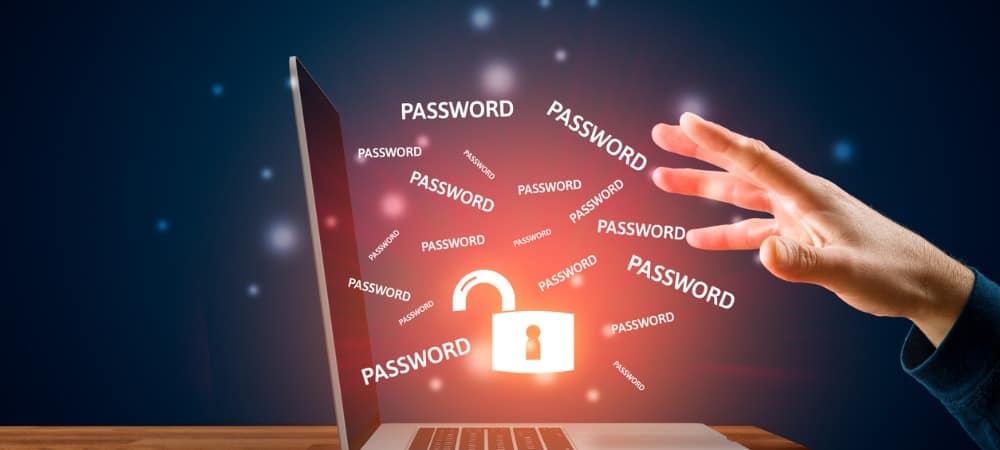Imagine waking up one morning to find out that your bank account has been emptied, your email is sending spam to all your contacts, and your social media profiles are filled with posts you didn’t make. The common thread? Your passwords have been compromised. In a world where our entire lives are stored online, the security of our passwords is more crucial than ever. But what happens when multiple passwords are breached at once? It’s a nightmare scenario that can happen to anyone, and knowing how to respond swiftly and effectively is essential. This comprehensive guide will walk you through the steps to take if you find yourself dealing with multiple compromised passwords, helping you regain control and protect your digital identity.
Understanding the Severity of Compromised Passwords
Why Password Security Matters
Passwords protect your personal information, financial details, and even your social media presence. A compromised password can lead to identity theft, financial loss, and a tarnished reputation. Ensuring your passwords are secure and unique for each account is vital in safeguarding your digital footprint.
Common Ways Passwords Get Compromised
- Phishing Attacks: Attackers trick you into providing your password by pretending to be a trusted entity, such as your bank or a popular website.
- Data Breaches: Large-scale hacks of companies and services can expose millions of passwords at once, putting your information at risk.
- Weak Passwords: Simple or commonly used passwords are easy for attackers to guess using brute force or dictionary attacks.
- Malware: Malicious software can capture your keystrokes or access stored passwords on your device.
Immediate Steps to Take
1. Change Your Passwords
As soon as you discover that your passwords have been compromised, the first step is to change them. Focus on the most critical accounts first, such as your email, banking, and social media accounts. Use a strong, unique password for each account to prevent future breaches.
2. Enable Two-Factor Authentication (2FA)
Two-factor authentication adds an extra layer of security by requiring a second form of verification in addition to your password. This could be a text message, email, or an authentication app. Enabling 2FA can significantly reduce the risk of unauthorized access.
3. Check for Unusual Activity
Review your account activity for any unauthorized actions. Look for unfamiliar logins, transactions, or changes to account settings. If you notice anything suspicious, report it to the service provider immediately.
4. Notify Relevant Parties
If your compromised passwords affect sensitive accounts, such as your workplace or financial institutions, notify the relevant parties. They may need to take additional steps to secure your accounts and prevent further damage.
Long-Term Strategies for Password Security
1. Use a Password Manager
A password manager can help you generate and store strong, unique passwords for all your accounts. This way, you only need to remember one master password, reducing the risk of reusing passwords or forgetting them.
2. Regularly Update Your Passwords
Make it a habit to update your passwords regularly. Even if a password hasn’t been compromised, changing it periodically adds an extra layer of security.
3. Educate Yourself on Phishing Scams
Phishing scams are a common way for attackers to obtain your passwords. Learn to recognize the signs of phishing attempts, such as suspicious emails or messages asking for personal information.
4. Monitor Your Accounts
Regularly monitor your accounts for any signs of unauthorized access. Many services offer alerts for unusual activity, which can help you catch potential breaches early.
Enhancing Overall Cybersecurity
Keep Your Software Updated
Ensure that your operating system, browsers, and any applications you use are up to date. Software updates often include security patches that protect against known vulnerabilities.
Use Antivirus and Anti-Malware Software
Install reputable antivirus and anti-malware software on your devices. Regular scans can help detect and remove malicious software that could compromise your passwords.
Secure Your Devices
Physical security is just as important as digital security. Use strong passwords or biometric authentication (like fingerprints or facial recognition) to lock your devices. Avoid leaving your devices unattended in public places.
Be Cautious with Public Wi-Fi
Public Wi-Fi networks are often less secure and can be a hotspot for attackers looking to intercept your data. Avoid accessing sensitive accounts or entering passwords when connected to public Wi-Fi.
Conclusion
Dealing with multiple compromised passwords can be overwhelming, but by taking immediate action and implementing long-term security strategies, you can protect your digital identity and prevent future breaches. Remember, the key to cybersecurity is staying informed and proactive. Regularly update your passwords, use strong and unique passwords for each account, and stay vigilant against potential threats. By following the steps outlined in this guide, you’ll be well on your way to safeguarding your online presence against the ever-evolving landscape of cyber threats.







